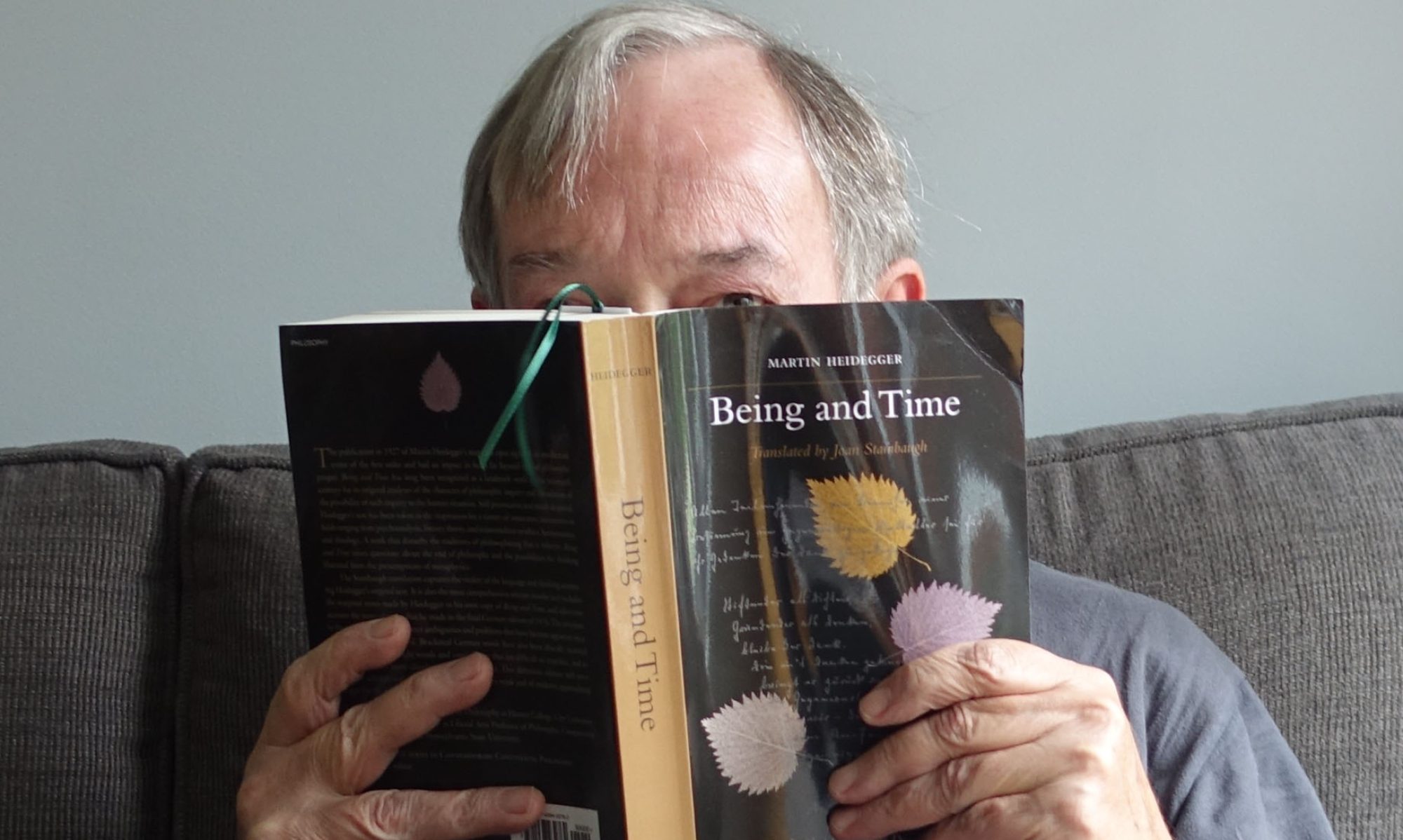Thomas Sophonow of Manitoba was convicted in 1981 of the murder of a 16-year-old Winnipeg waitress named Barbara Stoppel.
He spent four years in prison before the Manitoba Court of Appeal ordered him released. The Manitoba Court of Appeal said that the evidence against Sophonow was inadequate.
Did the police and prosecutors admit they might have made a mistake? Not for fifteen years. And no level of government involved appears eager to pay the $2.6 million compensation suggested by an inquiry into the affair.
How did it happen? How did the wrong mean end up in prison for four years?
Does this phrase ring a bell: jailhouse informant. Snitch. One man about to be deported to Hong Kong agreed to testify that Sophonow had confessed to him. All charges against the snitch and the deportation hearings were dropped. Two of the other snitches had lengthy resumes, performing the function regularly for the police in exchange for various favors.
Commissioner Peter Cory, investigating the miscarriage of justice, recommends that jailhouse snitches never be used again in criminal proceedings. That is NEVER.
There were three eye-witnesses. Three of the four could not identify the suspect in a police line-up, but they still testified that Sophonow was the man they saw leaving the crime-scene. Why? In all likelihood, the police assured them that he was the man, and that it would be a “crime” for him to walk free simply because there wasn’t any evidence. The police worked their witnesses into a state of absent compliance.
One remaining eye-witness insists that Sophonow is the man he saw leaving the donut shop where Stoppel was murdered. But more and more recent research– especially by Elizabeth Loftus– shows that eye-witnesses tend to blend the face of the accused with their memory of the person they actually saw at the time. They see the accused every day in court, for extended periods of time, whereas their original view of the suspect is fleeting and ephemeral. Memory is not reliable, and certainly not as reliable as DNA testing, which has excluded Sophonow from any further suspicion.
According to an American study released in June, juries make up their minds early in the trial– based, obviously, on anything but evidence– and then fit the facts presented to their prejudice.
After injustice, exploitation. Sophonow’s lawyer will be paid more than $800,000. Do lawyers work that hard? Are they that talented? That is more than a teacher makes over ten years.
